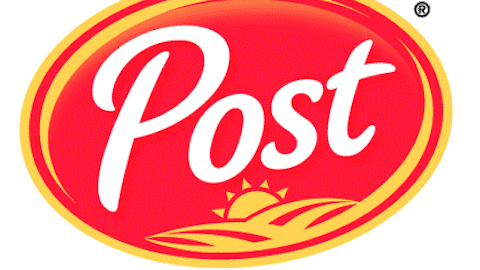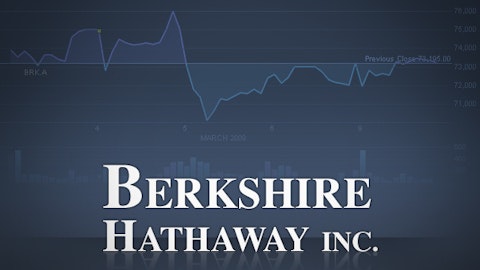Many investors feel constant pressure always to be doing something with their money. Yet under certain circumstances, your best move is to do nothing at all — except prepare yourself for better opportunities in the future when they arise. The smartest way to do that is to divert some of your regular investment capital into a cash stash you can tap when the floodgates open and a host of new investment ideas look especially attractive.
Dealing with tough markets
Over time, investors inevitably find that market opportunities run in cycles. Sometimes, there are so many attractive investments out there that you have no hope of saving up enough capital to invest in all of them. Yet at other times, opportunities seem to dry up and there’s very little that looks attractive.

- The stock market has seen valuations start to rise as major indexes remain near all-time highs. On a trailing basis, the S&P 500 (INDEXSP:.INX) now fetches almost 18 times earnings.
- Among individual stocks, those seeking defensively oriented names increasingly have to pay up for the privilege of downside protection. For instance, The Coca-Cola Company (NYSE:KO) now trades for 20 times earnings despite the growth challenges it has faced lately. As continuing pressure comes from anti-obesity advocates and sluggish emerging market economies, Coke won’t necessarily see earnings grow to justify its valuation. Similar factors apply to Kellogg Company (NYSE:K), with an earnings multiple of 23 reflecting the premium that many low-volatility food stocks have enjoyed ever since Warren Buffett’s deal to buy Heinz. The acquisition of Pringles last year has boosted Kellogg’s growth prospects, but investors nevertheless should pay attention to valuation concerns.
- In the bond market, yields have finally started to look somewhat more attractive, with the 10-year Treasury having nearly doubled in yield to approach 3%. Yet many expect further yield increases in the future, making current investment a risky proposition given the potential for substantial capital losses if rates continue to rise. Already, long-term bond investments iShares Barclays 20+ Yr Treas.Bond (ETF) (NYSEARCA:TLT) and iShares Barclays TIPS Bond Fund (ETF) (NYSEARCA:TIP) have suffered double-digit percentage losses in just the past several months, and they’re vulnerable to further losses in a rising-rate environment.
In light of these conditions, some investors are getting frustrated. The prospect of holding onto cash that pays almost nothing in interest isn’t appealing. But buying in at a potential market top doesn’t seem smart, either.
Splitting the difference
One smart way to adapt to tough conditions without making too big an adjustment to your investing strategy is to divert a portion of your regular investment to a cash account. If you make automatic contributions toward your investments, don’t give up on them entirely but reduce them somewhat in favor of stashing extra cash aside. That way, if a market correction comes that makes certain investments look more desirable, you’ll be ready to pounce with a larger amount of money to invest.
The reason to do this with only some of your money is to avoid the downsides of market timing. Moving all your investable funds to cash runs the risk of missing out on continued gains in the stock market. Continuing to invest a portion of your savings lets you hedge your bets.
Be smart
Investing in a market where stocks are at or near new highs is always challenging. Choosing not to invest at all in those circumstances, however, isn’t typically the right move. Instead, planning for multiple contingencies by setting aside a portion of your investable cash gives you maximum flexibility to handle whatever the future brings.
The article The Smart Investment Decision Almost No One Makes originally appeared on Fool.com.
Fool contributor Dan Caplinger has no position in any stocks mentioned. You can follow him on Twitter @DanCaplinger. The Motley Fool recommends Coca-Cola.
Copyright © 1995 – 2013 The Motley Fool, LLC. All rights reserved. The Motley Fool has a disclosure policy.



